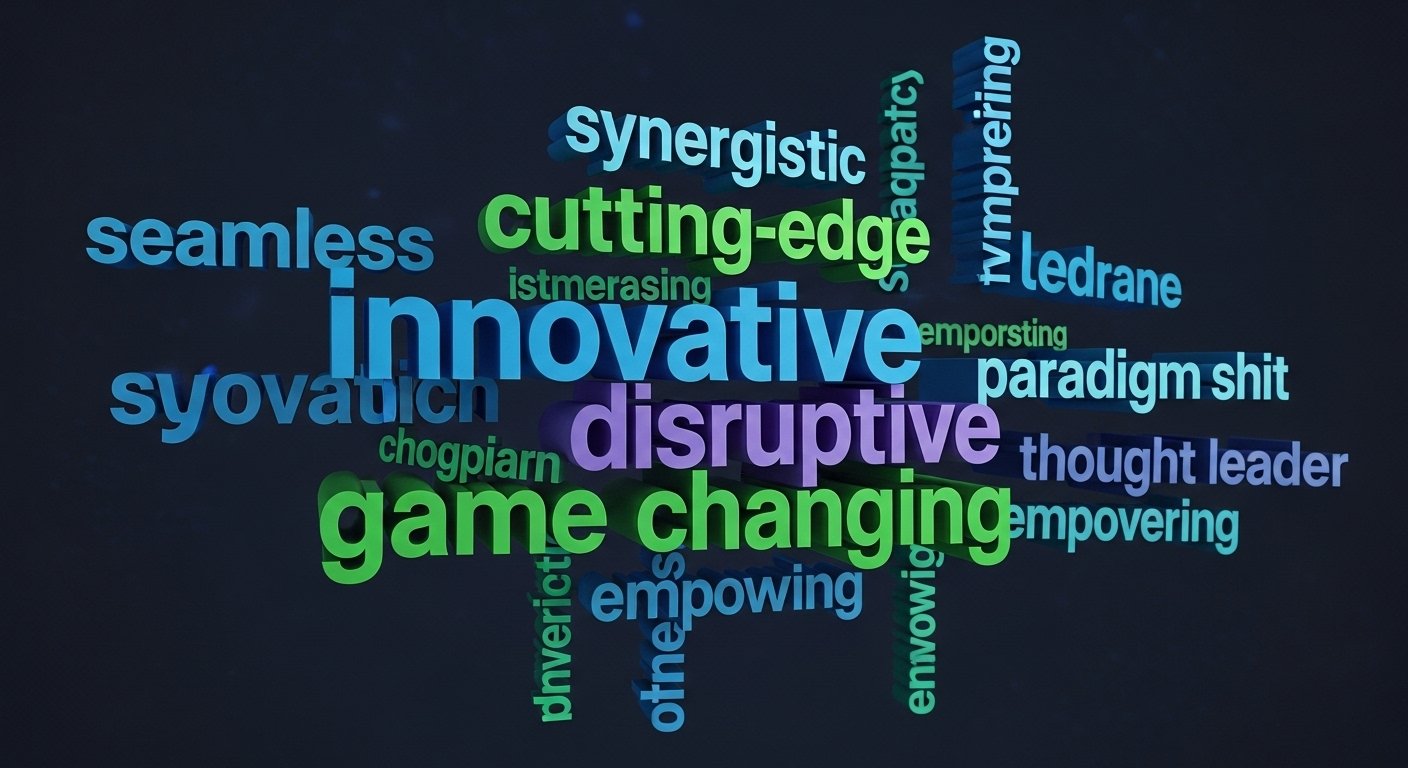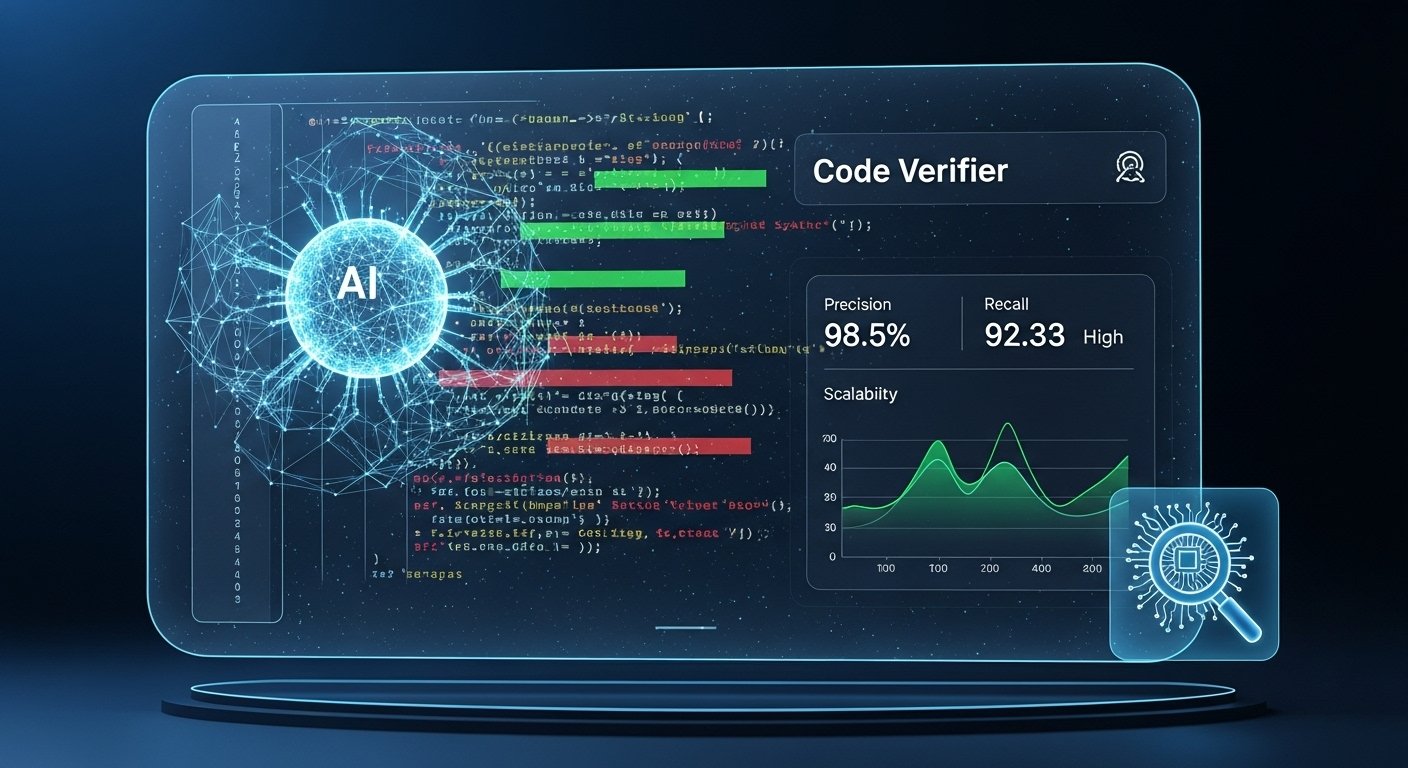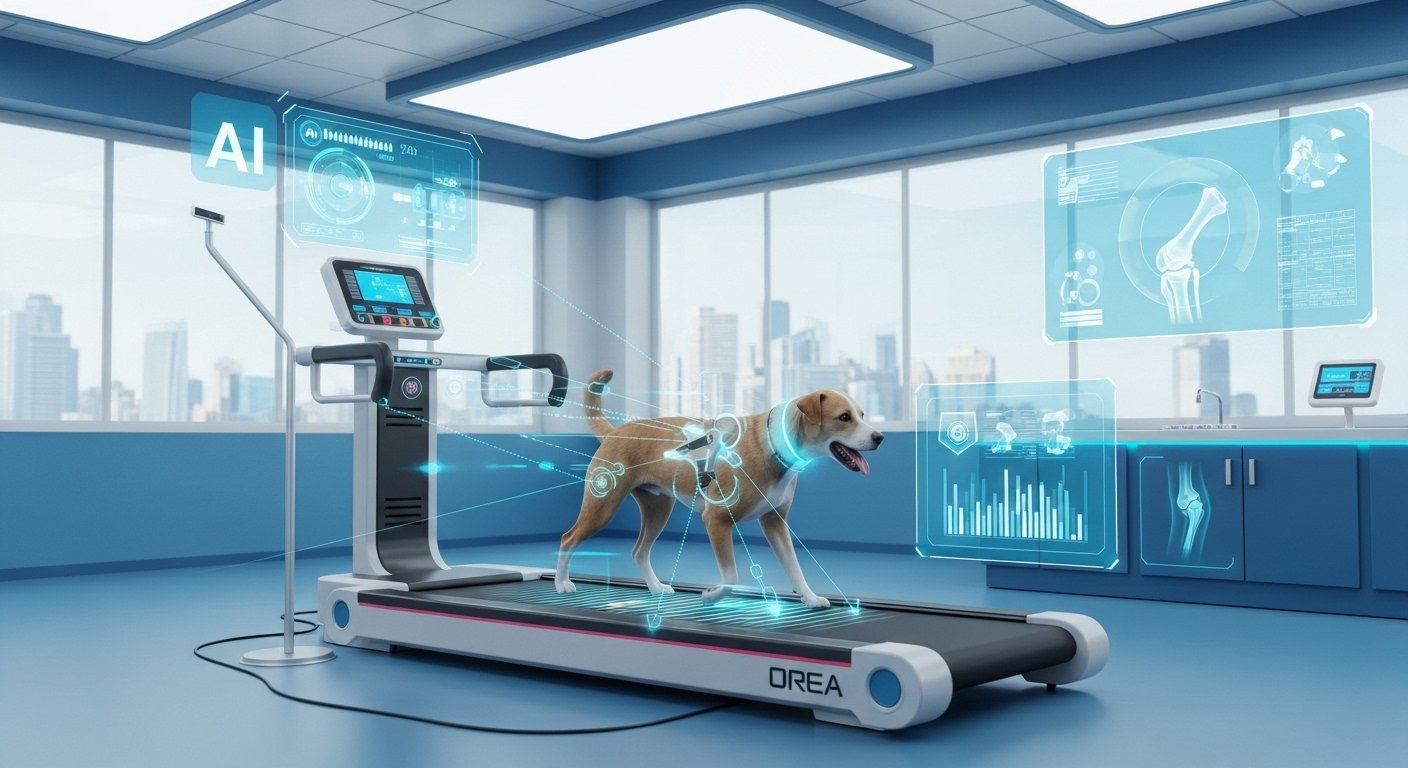In today’s digital age, artificial intelligence (AI) has become an indispensable tool in content creation. From blogs to business reports, AI helps streamline writing processes and generates content faster. However, there’s a growing concern about the use of overused or inaccurate AI-generated words. These words often sound robotic and impersonal, hindering your ability to engage with your audience effectively.
If you want your writing to feel authentic, engaging, and trustworthy, it’s essential to avoid certain common AI words that can make your content feel less human. In this article, we’ll explore the AI phrases to avoid and suggest more natural alternatives to ensure your writing remains clear and compelling.
Common AI Words to Avoid
1. Intelligent
AI systems are often referred to as “intelligent,” but this term can be misleading. While these systems perform tasks that may seem intelligent, they lack the cognitive abilities that humans possess. Instead of using “intelligent,” consider using more accurate descriptions like “data-driven,” “machine learning-based,” or “advanced.”
Example:
-
Avoid: AI is highly intelligent and can mimic human behavior.
-
Instead: AI is based on machine learning algorithms that analyze vast amounts of data to make decisions.
2. Human-like
Many AI tools, like virtual assistants, are marketed as “human-like,” implying they have human-like thinking and emotions. However, AI systems only mimic human behavior to a limited extent. It’s best to describe them as “sophisticated” or “advanced systems.”
Example:
-
Avoid: AI is incredibly human-like in its interactions.
-
Instead: AI uses natural language processing to interact with users in a conversational manner.
3. Conscious
AI does not possess consciousness or awareness. It operates based on pre-programmed instructions or learned patterns from data. Using terms like “conscious” gives a false impression of AI capabilities. It’s more accurate to say that AI is “self-learning” or “adaptive.”
Example:
-
Avoid: AI is conscious and makes decisions like humans.
-
Instead: AI adapts its behavior based on data input and machine learning algorithms.
4. Thought Process
AI does not “think” like humans. It processes information based on algorithms and predefined rules, not by subjective reasoning or contemplation. A better phrase to use would be “data processing” or “algorithmic decision-making.”
Example:
-
Avoid: AI uses a thought process to come to conclusions.
-
Instead: AI analyzes large datasets to make data-driven decisions.
5. Artificial Brain
Referring to AI as an “artificial brain” is not only inaccurate but also misleading. AI does not function like a human brain. Instead, you can describe AI using terms like “neural networks” or “cognitive computing.”
Example:
-
Avoid: AI is powered by an artificial brain.
-
Instead: AI operates using neural networks designed to recognize patterns and make predictions.
6. Sentient
Sentience refers to the ability to experience consciousness and emotions, something that AI systems do not possess. Avoid describing AI as sentient and instead focus on its capabilities, such as “adaptive systems” or “learning algorithms.”
Example:
-
Avoid: AI is sentient and aware of its surroundings.
-
Instead: AI uses deep learning to continuously improve its responses based on data.
7. Revolutionary
The word “revolutionary” is often overused in AI marketing. While AI is transformative, it doesn’t always bring about a revolution. Use more precise terms like “innovative” or “game-changing” to describe AI’s impact.
Example:
-
Avoid: AI is a revolutionary technology that will change everything.
-
Instead: AI offers innovative solutions that are transforming industries.
8. Perfect
AI is far from perfect. It’s important to avoid making exaggerated claims about its capabilities. AI is powerful, but it’s also prone to errors. It’s more reliable to use terms like “effective” or “efficient.”
Example:
-
Avoid: AI provides perfect solutions to every problem.
-
Instead: AI offers highly effective solutions for data analysis and decision-making.
Why Avoiding These AI Words Improves Your Content
Using the wrong words can lead to misunderstandings about AI’s actual capabilities, potentially lowering the credibility of your content. Here’s how avoiding these terms can benefit your writing:
-
Improves Accuracy: By using precise terms, you ensure your content aligns with reality and reflects AI’s true capabilities.
-
Enhances Readability: Overuse of robotic or misleading words can alienate readers. Clear, natural language fosters a stronger connection with your audience.
-
Increases Trust: Readers are more likely to trust content that avoids inflated claims and provides accurate, evidence-based descriptions.
How to Replace Common AI Words
Instead of using the overused AI words, consider these alternative phrases:
| Common AI Word | Better Alternative |
|---|---|
| Intelligent | Data-driven, advanced system |
| Human-like | Sophisticated, natural language-based |
| Conscious | Adaptive, self-learning |
| Thought Process | Data processing, algorithmic decision-making |
| Artificial Brain | Neural networks, cognitive computing |
| Sentient | Learning algorithm, deep learning |
| Revolutionary | Innovative, groundbreaking |
| Perfect | Effective, efficient |
Real-Life Examples of Misleading AI Words
Let’s look at a couple of examples from the tech industry:
-
Example 1: An AI startup claims their product is a “human-like assistant.” While the product may have advanced natural language processing capabilities, it doesn’t actually understand context the way a human does. This claim could mislead consumers into thinking the assistant can handle complex human emotions or subjective judgment, which it can’t.
-
Example 2: A software company markets its AI as “sentient.” This term can easily mislead people into thinking the AI has its own consciousness, which could result in unrealistic expectations from users or investors.
By avoiding these exaggerated claims, companies can provide more transparency, which leads to better consumer trust.
Conclusion
When it comes to AI, clarity and accuracy are key. Overused and misleading words like “intelligent” or “conscious” only serve to confuse your audience and undermine your credibility. Instead, focus on clear, precise language that accurately describes what AI can and cannot do.
By following these guidelines and avoiding common AI words, you can create content that’s not only SEO-friendly but also trustworthy and engaging for your audience.
FAQs
Q1: Why should I avoid using “intelligent” to describe AI?
A1: AI systems are not truly “intelligent” like humans. Using this word can mislead readers into thinking AI has cognitive abilities, which it doesn’t. More accurate terms like “data-driven” or “advanced systems” are better suited.
Q2: What’s wrong with calling AI “human-like”?
A2: While AI can mimic certain human behaviors, it lacks true human understanding or emotions. Describing it as “human-like” can create false expectations. It’s better to describe AI as “sophisticated” or “advanced.”
Q3: What are the best alternatives to the word “perfect” when describing AI?
A3: AI is not perfect and can make mistakes. Instead, use terms like “effective” or “efficient” to describe AI’s strengths accurately.
Q4: Does avoiding AI words help with SEO?
A4: Yes, avoiding overused AI words can help improve SEO by reducing keyword stuffing and focusing on more meaningful, specific content that aligns with user search intent.







Leave a Reply